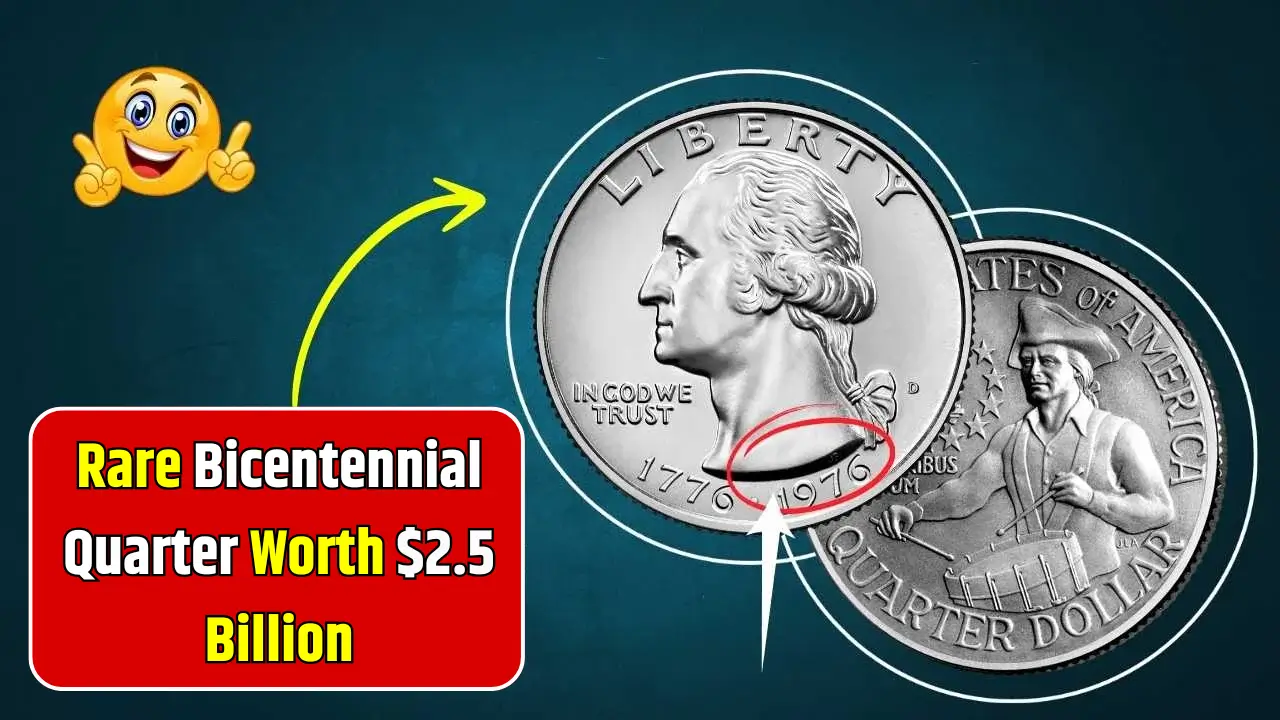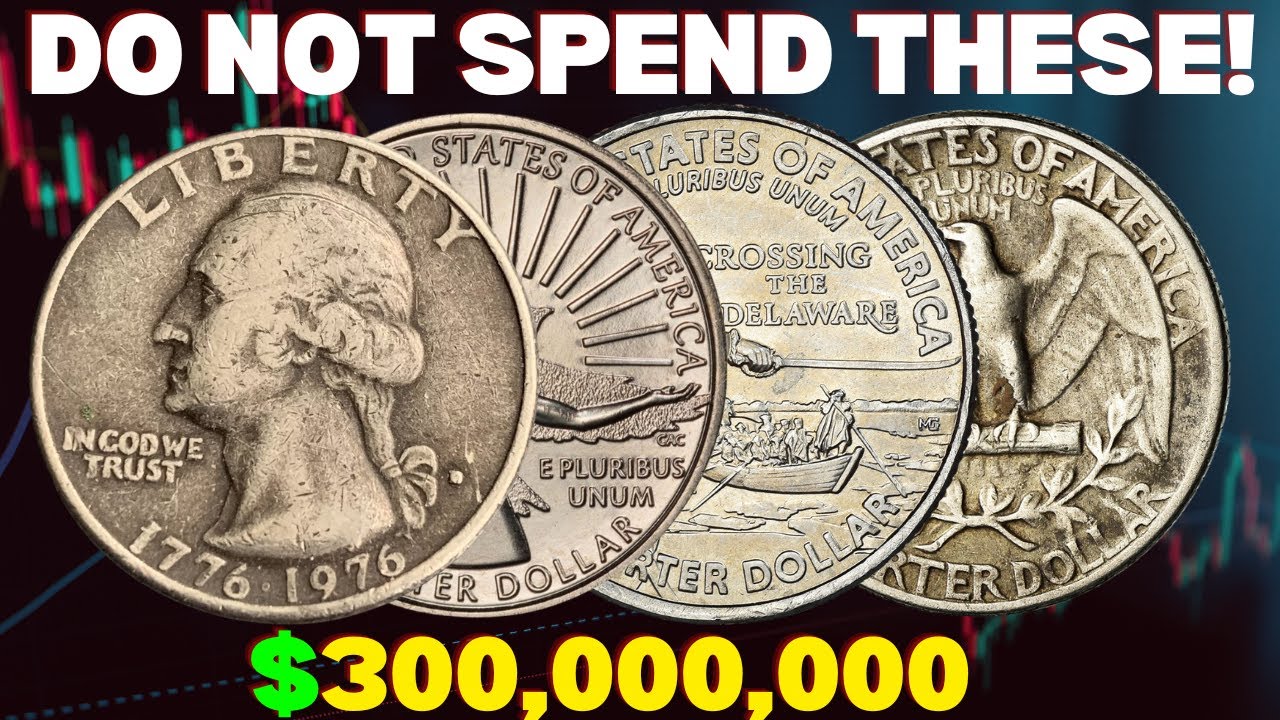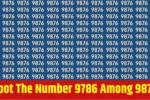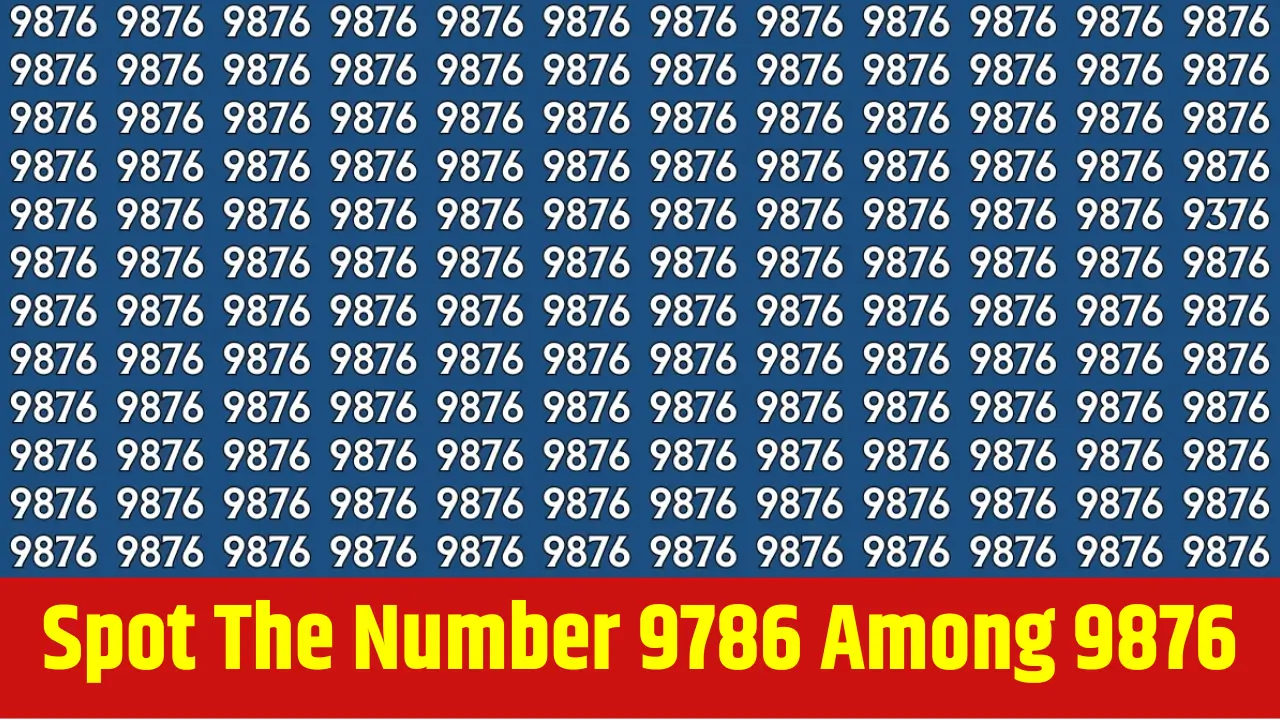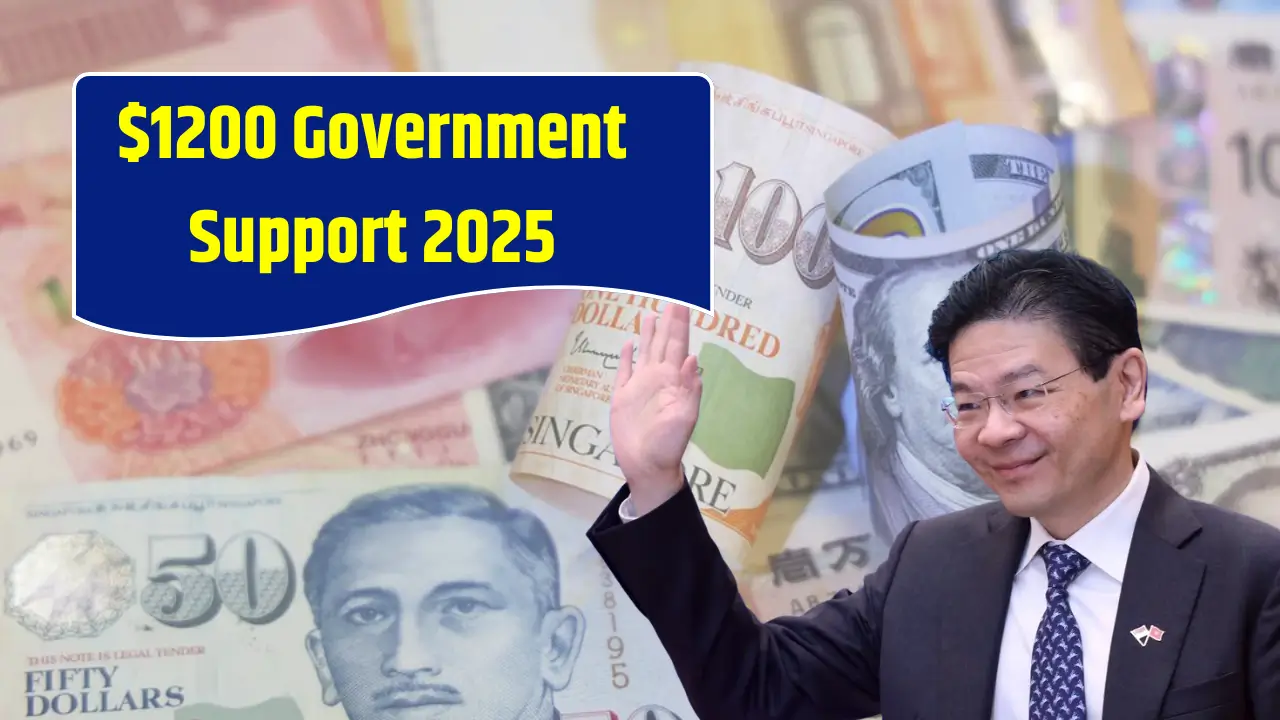United States – Rare Bicentennial Quarter Worth $2.5 Billion: The Bicentennial Quarter, minted in 1975 and 1976 to celebrate the 200th anniversary of American independence, is among the most recognisable coins in United States history.
While millions were struck for circulation, a few rare variants have become exceptionally valuable to collectors.
Stories of extremely rare Bicentennial Quarters fetching astonishing values—up to $2.5 billion in estimated worth when considering unique minting errors and historical factors—have captured the imagination of collectors and the general public alike.
History of the Bicentennial Quarter
In the mid-1970s, the United States Mint released special commemorative coinage to mark the nation’s bicentennial. The quarter, half dollar, and dollar coins all received temporary reverse designs celebrating America’s 200 years of independence.
The Bicentennial Quarter replaced the traditional eagle-on-branch reverse with Jack L. Ahr’s striking image of a colonial drummer, accompanied by a torch surrounded by 13 stars.
The obverse still bore George Washington’s profile, but these coins were specially dated “1776–1976” to symbolise the bicentennial.
Unlike typical commemoratives, these quarters were produced for circulation in vast numbers, meaning nearly every American at the time would have encountered them.
However, within this broad mintage, a tiny number of unique error coins, proof strikes, and unusual minting varieties emerged—these are the pieces that drive numismatic excitement today.
Why Some Bicentennial Quarters Are So Valuable
Though more than 1.6 billion Bicentennial Quarters were struck, the vast majority hold only face value or modest collectible worth. The staggering multimillion—and speculative multibillion—valuations stem from rare minting errors, high-grade proof examples, and certain silver-clad editions.
Factors that elevate value include:
- Composition: Most circulation coins were copper-nickel clad, but 40% silver collector editions were struck at the San Francisco Mint.
- Condition: Coins graded at the highest mint state (MS-67 or MS-68) command extraordinary premiums.
- Errors and Variants: Double strikes, unusual planchet errors, off-centre designs, and wrong-metal strikes are particularly desired.
- Rarity of Survival: Even though thousands of silver issues were produced, very few still exist in pristine condition.
Record-Breaking Bicentennial Quarter Sales
Over the last two decades, several Bicentennial Quarters have sold for staggering figures at auction. While typical silver-proof varieties may reach a few hundred dollars, the rarest error versions have skyrocketed into worth millions, according to collectors.
Some speculative appraisals estimate historically unmatched value, exceeding the $2 billion mark, due to the rarity, cultural importance, and mythos surrounding certain privately-held specimens.
Types of Bicentennial Quarters and Values
The table below summarises the main categories of Bicentennial Quarters and their respective values:
| Type of Bicentennial Quarter | Mintage/Issue Detail | Estimated Value Range | Notes |
| Circulating Copper-Nickel | Over 1.6 billion minted | $0.25 – $3 | Very common, limited premium value |
| 40% Silver Proof (San Francisco) | ~4 million sets | $10 – $500+ | Value rises with grade and packaging |
| High-Grade MS-67 to MS-68 | Extremely scarce in such grades | $1,000 – $20,000+ | Professional grading essential |
| Error Coins (misstrike, off-centre, etc.) | Very limited numbers survive | $5,000 – $250,000+ | Collectors highly prize unique flaws |
| Legendary Unique Error Varieties | Possibly one or two coins known | Millions to billions | Numismatic folklore surrounds these |
The highest valuations, sometimes estimated at billions, typically apply not to standard proofs or even silver-clad issues, but to unique specimens with once-in-a-lifetime error characteristics, often considered the “holy grail” of Bicentennial Quarters.
Understanding the $2.5 Billion Valuation
The often-quoted $2.5 billion valuation attributed to a single Bicentennial Quarter is best understood as a combination of rarity, collector frenzy, and speculative appraisal rather than a confirmed auction sale.
Such an astronomical price would likely reflect:
- One-of-a-kind status, perhaps due to a historically unique error during minting.
- Cultural significance as part of America’s bicentennial celebration.
- Exclusivity, with possibly only one such coin in existence making it effectively priceless.
- Private collector demand, where wealthy buyers may pay extraordinary sums for ownership.
While most numismatists caution that no quarter has yet sold for billions, history has shown that numismatic markets sometimes push rare coin prices into surreal territory—particularly when historical significance and exclusivity collide.
Detecting a Rare Bicentennial Quarter
For many Americans, the question arises: how do I know if the Bicentennial Quarter I own is valuable? Careful inspection is key:
- Check the Mint Mark – Coins from Philadelphia bore no mintmark, while Denver coins display “D” and San Francisco coins display “S.” Silver issues mainly came from San Francisco.
- Inspect Condition – A high-grade coin without scratches or wear may be eligible for professional grading, significantly enhancing value.
- Look for Errors – Off-centre strikes, unusually thick rims, or doubled designs are potential indicators of valuable error coins.
- Weigh the Coin – Copper-nickel quarters weigh 5.67 grams, while silver-clad issues weigh slightly more at 5.75 grams.
Professional authentication is strongly recommended for anybody suspecting they have a rare edition.
Why Coin Collectors Value the Bicentennial Quarter
Beyond sheer monetary worth, the Bicentennial Quarter holds sentimental and nationalistic value. It symbolises a pivotal moment in American history, the 200th anniversary of independence, and reflects unique artistic coin design rarely repeated in U.S. currency.
Collectors also prize these coins for being tangible cultural relics. Unlike many commemoratives that were struck only for collectors, the Bicentennial Quarters entered everyday use—meaning a once-symbolic coin passed through the hands of millions of Americans.
Bicentennial Quarters Compared with Other Rare U.S. Coins
In the world of rare U.S. coins, the Bicentennial Quarter holds a distinctive place.
| Coin | Year/Type | Notable Value | Comparison to Bicentennial Quarter |
| 1933 Saint-Gaudens Double Eagle | Gold $20 | Over $18 million at auction | Actual sales record-setting coin |
| 1913 Liberty Head Nickel | Five-cent coin | More than $4.5 million | Extremely rare issue, only 5 known |
| 1804 Draped Bust Silver Dollar | Dollar coin | $7–10 million | Considered “King of American Coins” |
| Bicentennial Quarter (rare error) | 1976 | Speculated up to $2.5 billion | Highest speculative valuation due to uniqueness |
This comparison demonstrates where the Bicentennial Quarter mythos sits against tangible rare coin sales records.
While other coins have verifiable multi-million sales histories, the Bicentennial Quarter stands out more for its unique cultural symbolism tied to America’s bicentennial celebration.
The Future of Bicentennial Quarter Collecting
As time progresses, the likelihood of pristine Bicentennial Quarters surfacing decreases, raising long-term value potential. With each passing year, coins that remain in untouched proof sets or discovered in hidden collections increase in desirability.
Furthermore, generational nostalgia often drives collecting trends—future generations may find even greater attraction to coins linked to America’s 200th anniversary, much as collectors today treasure Civil War-era coins.
Frequently Asked Questions (FAQ)
1. Are all Bicentennial Quarters valuable?
No. Most are still worth only their face value of 25 cents, though certain silver or error coins may command high prices.
2. How can I identify a rare $2.5 billion Bicentennial Quarter?
Unique minting errors, silver content, and pristine condition raise value. A genuine $2.5 billion valuation is speculative and based on extraordinarily rare errors.
3. Where were Bicentennial Quarters minted?
They were minted in Philadelphia (no mintmark), Denver (D), and San Francisco (S). The latter produced proof and silver issues.
4. Can I sell my Bicentennial Quarter for millions?
Unless it is an extraordinary error coin in mint condition, most Bicentennial Quarters will only sell for modest collector prices.
5. Why do some coins reach such astronomical valuations?
Extreme rarity, historical significance, and demand among wealthy private collectors can sometimes drive prices to record-breaking heights.

